
Anonymous submission to MTL Counter-info
Access a PDF for printing here.
Not only can blockades “shut down the world”, they also open up space for a new one to be built, or in the case of colonized peoples, a world restored. We can look to many of the indigenous blockades or occupations of the last several decades for the examples of ceremonial, culinary, and other socially reproductive practices that point toward new ways of living which are themselves produced through resistance. Similarly, we see the revitalization of warrior culture being expressed at Standing Rock and other moments of indigenous revolt to be indicative of a broader possibility of life without the state or capitalism.[…]
We hold evident that blockades are a crucial tactic in our war against planetary annihilation. […] With this tactical imperative, we call on all warriors and revolutionaries around the world to immediately orient themselves around blockading infrastructure. Collectives must research infrastructure to find the most vulnerable chokepoints and get organized to block them in effective ways. Those without fighting comrades can still contribute by engaging in lone wolf acts of sabotage. – Disrupt the Flows: War Against DAPL and Planetary Annihilation
We are several settler anarchists in the territory dominated by the Canadian government. Our goal in writing this text is to bring forward some strategic considerations for anarchists who want to contribute to land defense, as well as to publicize some research about the vulnerabilities of Canadian extractive infrastructure for that purpose. We also hope that indigenous communities can use this research to their own ends as well.
We understand the task at hand in our corner of the world as no less than decolonizing the territory dominated by the Canadian government and capitalist economy. Decolonizing this territory necessarily means destroying its colonial governance – a government which depends upon the continuing genocide of indigenous people so that it can maintain sovereignty over the land that it stole. Its system and the way of life it brings is fundamentally built on exploitation of the land and those who inhabit the land.
It’s no secret that the Canadian economy is strongly dependent on ‘natural resource’ exploitation. The transportation infrastructure this economy relies on to get these resources to market, and give them value, is virtually indefensible and its bottlenecks are often close to indigenous communities – which as we will see, is making counter-insurgents panic. Unfortunately, anarchists have rarely engaged with the potential for action and solidarity that this situation of dependency and vulnerability opens up.
We believe that we can’t limit land defense to parcels of territory to be conserved, or settler incursions into treatied territory, because the colonial economy poisons the watershed and spreads destruction beyond these colonial borders. Overthrowing the entire colonial economy is a very long-term undertaking, but in the medium-term we want to build a capacity to block and destroy industrial infrastructure and developments, from pipeline construction to mining and damming operations, to whatever extractive projects indigenous people are resisting. When there is movement capacity, our blockades can become communes; spaces that interweave defense with collective care, and that do away with the laws and logic of capitalism and the government.
We think it’s integral that anarchist contributions to land defense move towards more collective forms of resistance that block infrastructure, as well as face to face relationship-building between anarchist and indigenous communities, but this text will focus on the smaller scale of affinity groups because they are contributions that can happen in the short-term (while impacting the medium- and long-term), and these contributions can happen even when there isn’t a community mobilized against a particular extractive project.
Thinking of how we can contribute in the short-term is valuable to us because most of the time there aren’t escalated tensions around land defense struggles, and we want to act in the present as well as be adequately prepared for when there are. Firstly, contributions in the short-term will help to build an imaginary of how the extractive economy can be resisted in times when there isn’t movement capacity for prolonged occupations, with the goal that these tactics will be taken up more broadly in future social unrest around resource extraction. Also, actions like these can have significant material impacts on extractive projects in the present that have real consequences against the ongoing genocidal project of Canada. Lastly, it can demonstrate to indigenous communities that anarchists are taking risks against shared enemies in our own struggle. We believe this is a prerequisite for powerful solidarity.
As Canada accelerates ecological destruction, and as global warming makes the northern latitudes of Turtle Island of greater strategic and economic value to governments, conflicts between the Canadian government and indigenous people defending the territory will become even more frequent. Anarchists should be prepared to contribute to these moments in a meaningful and effective way, beyond the limited symbolism of actions like banner drops and breaking windows, which have little impact on their targets. The technical skills required to block pipelines and rail are not great, but they still require more development and foresight than putting a rock through glass [see Appendix 6 – Techniques for sabotaging capitalist infrastructure and extractive industries]. Being able to step up our solidarity requires developing practices of sabotage in the present, as well as relationships of struggle between anarchists and indigenous communities engaging in land defense. Such relationships will be essential to moving past the largely limited solidarity expressed through communiques, as well as gauging how different forms of solidarity will be received by different, heterogenous communities in struggle.
In 1990 during the Oka Crisis, when a capitalist development on a Mohawk burial ground created an armed conflict with the Canadian government, sabotage of hydro-electric towers and hard blockades of highways and railways spread like wildfire. This threat of indigenous insurgency is a primary consideration in police operations against any indigenous action, because the government has seen how such sparks can ignite a powderkeg if they don’t tread carefully, particularly when they involve land or treaty claims. During a land defense occupation at Caledonia in 2006, the Commissioner of the OPP explained that he acted on the premise that a misstep on the part of his officers against the occupation would have led to “[a native] flare-up right across the country”, so to deter this greater threat the OPP took no direct action against it [for more on how counter-insurgency strategy has developed since Oka, see From Oka to Caledonia: Assessing the Learning Curve in Intergovernmental Cooperation].
Those who sabotage critical infrastructure, capitalist development, and the police who defend them will unfortunately always be in the minority, but if this minority has a base of social support it is much more difficult to isolate or uproot. This minority’s contributions can have a contagious impact when they inspire others. Being an active minority comes with the risk of instrumentalizing the communities we are in solidarity with, so we are careful to distinguish this path from a vanguardist one:
“The key difference between an influential, insurrectionary minority and a vanguard or a populist group is that the former values its principles and its horizontal relations with society and tries to spread its principles and models without owning them, whereas a vanguard tries to control them – whether through force, charisma, or hiding its true objectives… The influential minority works through resonance, not through control. It assumes risks to create inspiring models and new possibilities, and to criticize convenient lies. It enjoys no intrinsic superiority and falling back on the assumption of such will lead to its isolation and irrelevance. If its creations or criticisms do not inspire people, it will have no influence. Its purpose is not to win followers, but to create social gifts that other people can freely use.” – The Rose of Fire has Returned
And in the case of critical infrastructure whose disruption has a cascading effect, the counter-insurgents said it well:
“..The hard lessons about just how devastatingly effective a small band of determined and well-led (sic) rebels can be.” – Douglas Bland
It may be useful to look closer at how these enemies are thinking about indigenous insurgency in Canada. Conservative military analyst Douglas Bland has long warned that Canada’s economic vulnerability is based on the “critical infrastructure that transports natural resources and manufactured goods from mines, oil fields, hydro-electric facilities and factories to international markets.” Without these critical systems, he cautions, “Canada’s economy would collapse.” His writings warn policy makers of the threat of indigenous insurgency in Canada based on ‘Feasibility Theory’. In counter-insurgency literature, predicting the likelihood of insurgency is shifting from a model centered on the motivations of insurgents to a model centered on how feasible an insurgency is in a given context. Grievances that give motivation to insurgency are a constant that can’t be redressed in a context of colonial genocide, or capitalism for that matter. For that reason, counter-insurgents are studying what makes an insurrection feasible to begin with, and then proposing policies aimed at eliminating those conditions to the extent possible.
Feasibility Theory lists five determinants of what makes an insurgency feasible, which Bland argues are all present within the Canadian context, and of which the Canadian government only has some measure of control over the first three. They are:
1) Social Fractionalization – jargon for class and colonial oppression and the threat of indigenous sovereignty. The government seeks to address this through assimilation, buying out communities resisting extractive projects, and structures like band councils that maintain government control over the population through indigenous faces working for colonial interests.
2) Warrior Cohort – young and middle aged men who are likely to become warriors. Bland completely overlooks the ways women and two-spirit people contribute to indigenous resistance. The government tries to reduce this populations ‘recruitement’ into resistance movements through education and training programs aimed at assimilation.
3) Security Guarantee – the perception of the government’s capacity for repression and securing infrastructure. The government tries to minimize the threat of an inadequate security guarantee through funding the training of on-reserve police services. As we saw with the Chateauguay settler riots during the Oka standoff, this repressive function can also be carried out by settler society.
4,5) Commodity Exports & Topography – “Jurisdiction control of the land remains largely undetermined and at issue. Canada’s transportation and energy infrastructure – the backbone of the country’s resource trade – overlays or borders on many of these Aboriginal and disputed lands. With Canadian natural resource development, extraction, and trade representing 25 percent of Canadian GDP, the security of transportation and energy infrastructure is critical. Canada’s transportation and energy infrastructure has considerable vulnerabilities: it covers vast distances, has limited redundancy and multiple choke-points, and is susceptible to cascading effects should disruptions be sustained or widespread. Its vulnerability and resulting risk to the Canadian economy is significant, and sustained disruption would have catastrophic effects with a matter of weeks.” Topography and reliance on exports are the two determinants that are impossible to change. In fact, Canada is slated to become more dependent on its export economy in the coming years.
All that said, we don’t need proof of the feasibility of indigenous insurgency from a white academic. We see it in the consistent history of indigenous resistance to genocide since contact, and recently in flareups at Oka, Ipperwash, Ts’Peten, Caledonia, Six Nations, Elsipogtog and across the territory during Idle No More.
The appendixes that follow take a look at how extractive infrastructure is vulnerable in more detail. We hope they prove valuable to affinity groups and communities fighting the extractive economy across the territory.
Appendix 1 – Transportation Infrastructure in Canada
Adapted from Canada and the First Nations: Cooperation or Conflict – Douglas Bland
Three main elements of transportation infrastructure: oil and gas pipelines, heavy vehicle highways, and railways. Industries relying on timely delivery systems would be heavily impacted by disruptions (automotive, sales, etc.)
Highways
Heavy truck transportation is responsible for a large portion of Canada’s GDP and is especially prevalent in the Southern Ontario – Quebec corridor. A key vulnerability in this export/import network is the concentration of its critical transportation lifelines in a relatively close area funnelled through six congested gateways mostly in eastern Canada. For example, 75 percent (by value) of Canada-United States trade is carried by trucks through six border crossings: Windsor/Ambassador Bridge, Fort Erie/Niagara Falls, and Sarnia, Ontario. The remainder passes through Lacolle, Quebec; Emerson, Manitoba; and the Pacific Highway in British Columbia.
See Appendix 2 for bottlenecks by province, Appendix 7 for the 20 Worst Traffic Bottlenecks in Canada, and Appendix 6 for several techniques for blocking road infrastructure.
Rail Transportation
Railway is the heart of Canada’s transportation infrastructure. It’s the third largest system in the world: 2,900 locomotives and 10,000 employees. Most important railway commodities: coal, iron, potash, fuel oil, crude petroleum. These types of bulk cargoes can only be transported by rail. Three national railways – VIA, Canadian Pacific, Canadian National – move 70% of freight.
Much of this traffic flows from Canada into the United States, but a large percent of it also moves east and west on two main lines over Lake Superior and through the Winnipeg bottleneck. Every route, including those in the Montreal-Windsor corridor, is vulnerable to blockade and intentional damage. The isolated northern Ontario-Kenora-Winnipeg routes are particularly vulnerable and pass through the homelands of several large First Nations communities.
A burning car on a railway track is not simply a blockade, it is also a very efficient and economical weapon. A car with a full fuel tank would burn at a temperature high enough to warp the track and require extensive repairs. An attack on isolated tracks in sparely settled countryside, for example, north of Lake Superior or west of Thunder Bay to the Manitoba border, would require the deployment by rail of special repair equipment. Once deployed, other attacks on the same line might trap that equipment in the wilderness. There is little doubt that one or two effective attacks, especially ones that derailed trains, would close CP and CN traffic simply because sensible train crews would refuse to travel on insecure railways surrounded by hostile forces.
A map of the rail choke-points throughout Canada (and globally) can be found at empirelogistics.org/sci-map. Several techniques for sabotaging rail lines are in Appendix 6.
Marine
The main value of the marine infrastructure to Canada, especially for the St. Lawrence Seaway, is its utility as an alternative or supporting transportation system for road and rail operations on the west-east transportation corridor.
Although it would be difficult to interfere directly and effectively with terminal operations in Thunder Bay or elsewhere in the St. Lawrence Seaway system, disruptions to road and rail transportations systems leading to the ports would effectively close these vital, weather-sensitive, seasonal operations. Any prolonged stoppage of operations at Thunder Bay would produce serious disruptions along the entire Seaway system and to economic activities throughout north-western Ontario and across the prairie heartlands.
Oil and Natural Gas Pipelines
An enormous 700,000 kilometre network of pipelines as well as railways, trucks and ships move crude oil and natural gas from wellheads mostly in western Canada to refineries and onward to markets in Canada, the United States and Mexico.
Unlike electric energy transmission lines, crude oil and natural gas pipeline are relatively secure from harm once they are properly placed in the ground. Each pipeline, however, requires pump and compressor stations to push product through it. These above-ground stations are susceptible to damage and interference. Other supporting parts to the crude oil and natural gas system might also be vulnerable to interference and accidental damage, including crude oil refineries, natural gas processing plants and storage facilities for both products.
Pipeline valve sites have been targeted several times in the last years by resistance movements, bringing the flow of oil to a halt until the valve is reopened. All pipelines in Canada have their valve site location maps on the National Energy Board website. For instance:
Enbridge Line 9 Detailed Project Maps:
Map 1 – Westover to Montreal (1, 2)
Map 2 – Sarnia to Westover
Several techniques for sabotaging pipelines are in Appendix 6.
Hydroelectric Infrastructure
Vast hydroelectric systems provide energy for transportation, manufacturing, agriculture, etc. Transmission infrastructure is almost impossible to protect because they travel through thousands of kilometers of rugged terrain.
There are four principal hydroelectric systems of waterways, generating plants, and transmissions lines – Hydro-Québec, Hydro One (Ontario), Manitoba Hydro and BC Hydro.
Transmission and distribution lines are critical infrastructure in each system. Transmission lines carry high voltage current to transformer stations. Distribution lines carry energy from these stations to consumers. As the Great Ice Storm of 1998 in eastern Ontario and west Quebec made dramatically obvious, these lines are fragile and exposed to many natural and technical threats. In circumstances where damage is widespread, recovery is difficult, expensive and slow. In 2014, a pilot used a plane to hobble two massive power lines, nearly crippling Hydro-Quebec’s power grid with one act of sabotage. The technique had been used during conflicts in Iraq, Kosovo and Serbia and was “easily accessible on the Internet” – unidentified materials were dropped on the lines from the plane at three locations on the same day.
Several techniques for sabotaging Hydroelectric infrastructure are in Appendix 6.
Appendix 2 – Vulnerable infrastructure bottlenecks by province
From Canada and the First Nations: Cooperation or Conflict – Douglas Bland
British Columbia: mountain and coastal road and rail systems; road and rail approaches to Pacific Ocean ports; crude oil and natural gas transmission pipelines, especially pumping stations, compressor stations and refineries; and all the transmission and distribution facilities of BC Hydro.
Alberta: crude oil and natural gas transmission pipelines, especially pumping stations, compressor stations and refineries; and coal-carrying railway systems.
Saskatchewan: crude oil and natural gas transmission pipelines, especially, pumping stations, compressor stations; railway transportation systems for natural resources; and Trans-Canada Highway intersections crossing the province.
Manitoba: The most vulnerable west-east transportation hub in Canada. Any disruption of the concentrated road and railways intersections at Winnipeg would have enormous, negative economic consequences across Canada. There are no easy or cost-effective ways around this transportation hub.
Elsewhere in the province the most important assets are the Manitoba Hydroelectric system from Nelson River generating facilities and the transmission lines running south and the hydroelectric distribution lines in the Winnipeg area.
Ontario: the west-east road and railway transportation convergence in the Thunder Bay area; the access roads and railways into the Thunder Bay port; the junction of the Highway 17 and Highway 11 Trans-Canada Highway systems over Lake Superior at Nipigon; the international bridge at Sault Ste. Marie; the road bridge over the Petawawa River on Highway 17 at Petawawa; the road and railway bridges over the Rideau Canal system on Highway 401 and Highway 2 near Kingston; the 400-series highways in and around Toronto; the roads into the Windsor/Ambassador Bridge border crossing; and the Welland Canal operating facilities.
Quebec: the Hydro Québec transmission lines from the James Bay generating facilities; the Hydro Québec distribution system in lower Quebec; the bridges near Montreal and Quebec City; the east-west-bound highways north and south of the St. Lawrence River; and the highway approaches to the United States.
Atlantic Provinces: roads and railways to Quebec and the United States; road and railway approaches to Halifax harbour; and the hydroelectric transmission and distribution lines from Quebec.
The Territorial North: major roads to Whitehorse and Yellowknife; airports; hydroelectric stations; pipelines; winter roads to mining camps.
Appendix 3 – Blockade Wildfire during the Oka Crisis
From warriorpublications.wordpress.com. For a broader look at similar actions in BC, “BC Native Blockades and Direct Action: From the 1980s to 2006”.
By late July 1990, Indigenous barricades had been set up on seven roads and railways in British Colombia, initially just in support of the Mohawk warriors, but later mutated into a negotiating tactic in a determined effort to seek justice from the provincial government. The blockades wreaked havoc on the tourism and forestry industries of central British Colombia, halted freight train circulation in the interior of the province, and brought losses of $750,000 a day to BC Rail (People of the Pines, 281).
At the peak of the crisis, the Mercier Bridge and Routes 132, 138, and 207 were all blocked creating substantial disruption to traffic. When the Kahnawake-manned barricades at the Mercier Bridge were removed, protesters at Kanehsatake knew that they had little hope of continuing the struggle without such an important negotiating item; they had lost an important resource.
In northern Ontario, Anicinabe near Longlac (Long Lake) blocked the Trans-Canada Highway in early August. On August 13 they also blocked Canadian National Rail for about 1 week (costing an est. $2.6 million in lost revenue each day). This blockade was soon followed by blockades on nearby Canadian Pacific railways by the Pic Mobert and Pays Plat bands. When court injunctions were obtained by railway officials, another blockade would be set up by another band.
In mid-August, a railway bridge in northeastern Alberta was set ablaze. In late August, just after hours after RCMP cleared railway at Seton Lake, BC, a fire caused extensive damage to Seton Portage railway bridge.
In response to rail blockades, a CP Rail official, John Cox, stated:
“Virtually all our transcontinental traffic has been disrupted. We are at the mercy of individual bands & whatever decisions they make” (Entering the War Zone, p. 147).
In early September, after military advances into Mohawk territory, 5 hydro-electric towers were felled in southwestern Ontario. A railway bridge was also set on fire in the same region.
In southern Alberta, Peigan Lonefighters began diverting the Oldman River away from a half-constructed dam. On September 7, dozens of police escorted provincial employees and heavy equipment to repair the dyke which had been breached by the Peigan. Warning shots were fired and a 33-hour standoff occurred.
In the end, the widespread campaign of blockades, sabotage and occupation served to put extreme costs on attempts to evict the Mohawks from their occupation and proved to be very effective in securing their victory to protect their burial grounds and pines.
Appendix 4 – Blockades during Idle No More Day of Action
During the Idle No More movement’s January 16th Day of Action, Indigenous demonstrators stopped passenger railway traffic lines between Toronto, Ottawa and Montreal. Others stalled major highways and rail lines in parts of Alberta, New Brunswick, Ontario, and Manitoba, including Portage la Prairie, which a CN Rail spokesman described as a “critical link” in its network. Demonstrators also gathered in Windsor, Ontario at the Ambassador Bridge to Michigan, shutting down traffic through North America’s busiest border crossing for trade between Canada and the U.S. with 10,000 trucks on average passing daily.
Appendix 5 – Anarchist actions in Southern Ontario in solidarity with indigenous struggles
1. Guelph: Arsonists Hit Developers
On the night of Friday April 25th (2008), the same night Mohawk land in Tyendinaga was being attacked by armed Ontario Provincial Police, four dump trucks owned by Priori and Sons and contracted by Reids Heritage Homes were destroyed by fire causing between three and four hundred thousand dollars in damages. On the side of one truck a scrawled note read “Get The Hell Out Of Tyendinaga”
The trucks were targeted because of the environmental destruction these two companies cause turning forests, creaks, rivers, and farmland into concrete and death. They were also selected to send a message to all other developers, currently encroaching on native land, your developments are the continuation of a war on native people started long ago, get out of native land everywhere. Finally, we send a message to all state forces CSIS, RCMP, OPP, and Police. Let this be a sign of days to come.
When you attack natives anywhere, we will attack you everywhere!
To all who love life and resist death
as we are liberated from our fear our presence liberates others
-anarchist(s)
2. Guelph: Settlers block Highway 6, April 2008
Last night, a group of settlers blockaded Highway 6 at Paisley Road in Guelph, Ontario. Our blockade consisted of a flaming barricade, construction pylons, and about 20 people. This blockade was erected to oppose and draw attention too the continued OPP siege in Tyendinaga and the continued state repression of not only indigenous communities, but all of us. We chose Highway 6 because it is the same road being blockaded by members of Six Nations, also in solidarity with Tyendinaga. These blockades are spreading and will continue to spread with growing momentum until all stolen land is returned.
It only takes a few people and last night we demonstrated that. We hope this can be a model for other communities and encourage you to respond locally. As the Railway Ties Collective said in May of 2007, “Real solidarity means shouldering some of the burden of struggle.” Return all stolen land. Free all political prisoners. Abolish all hierarchies.
Anonymous
3. Guelph: Road Blockade in Solidarity with the Mohawk Nation
In the morning of June 17th 2009, a few people dressed in black blocked the Hanlon Highway at Paisley Road during rush hour.
Fallen trees and branches were pulled across the southbound lanes and two smoke bombs were set off to draw attention to the banner, which was dropped from the railway overpass. The banner read: “PARK YOUR CARS! Solidarity with the Mohawk Nation.”
This action was done to disrupt the transport of goods and people, especially those belonging to the Linamar Corporation. Linamar is a member of the Security and Prosperity Partnership, which works to improve the efficiency of North American trade. Amongst its plans is the militarization and fortification of the borders and their guards. Like in Awkesasne, Tyendinaga and Peru, we too stand against the SPP and its projects.
Solidarity with the Mohawk Nation means ATTACK!
Appendix 6 – A selection of communiques from warriorup.noblogs.org
From Warrior Up – Techniques for sabotaging capitalist infrastructure and extractive industries
Road Infrastructure
1. Defend the Territory : Blockades (Warrior Publications)
Military manuals suggest that road blocks be placed:
– at choke points, to block the smallest pass (not the widest). For example, on a bridge or in a narrow canyon pass, or on a roadway with heavy forest on either side, etc.
– so that they look down on opposing forces, not up (for example, near the top of a hill).
Vehicles
Many Native blockades are established by simply parking vehicles across the roadway. This has the advantages of being a large barrier that is easily put in place, and which can also be quickly moved on or off the road. Disadvantages include the owner of the vehicle possibly facing charges, the vehicle itself being damaged by vigilante citizens or police, or the vehicle being seized if police overrun the blockade. Some blockades have used abandoned or wrecked vehicles to block a roadway.
When Quebec police raided the Mohawk blockade at Oka/Kanesatake on July 11, 1990, warriors used several abandoned police cars to establish a hasty blockade on a nearby roadway. These vehicles were put in place by a front end loader, and the vehicles themselves were destroyed. The barricade was reinforced over time and persisted throughout much of the summer long standoff.
Shortly after the raid on Kanesatake, Mohawk warriors at Kahnawake seized the Mercier Bridge, a vital commuter link into Montreal. They drove their vehicles onto the bridge and blocked the roadway. When cars began driving around them, they pulled out assault rifles and established an armed blockade, forcing cars back and down off the bridge. This hasty blockade was also reinforced over the days and weeks that followed, including the construction of sand bagged positions (protection against small arms fire).
In 1993, members of the Cheam band in BC blocked a railway by parking heavy machinery on the tracks, threatening to tear the tracks up if the RCMP raided the blockade.
In September 1995, following the police shooting of Dudley George at Ipperwash, Natives set up a road block using an abandoned vehicle that was set on fire. In 2000, Mi’kmaq at Burnt Church, New Brunswick, also blockaded a road using an abandoned car set on fire to prevent RCMP and/or vigilante citizens from entering the reserve-territory.
Spike boards
Another technique often used to establish a blockade is the use of a spike board (at least in south central BC). Similar to the spike belts used by cops, a spike board consists of a piece of lumber with large spike nails hammer through one side. This is laid across the roadway, and is pulled off/on with a rope handle attached to one end. If a vehicle refuses to stop, they will drive over the spikes and puncture their tires.
Spike boards were used during blockades in the south central BC region during the spring of 1995, and during a 10 day blockade of commercial vehicles on Highway 99 at the Sutikalh camp (St’at’imc territory) in 2001.
Trees / Abitis
Some hasty blockades have been established by cutting down trees so that they fall across the roadway, making them impassable. A military term for this technique is abatis (or abattis), with the trees felled so that they cross over top of one another. Historically, abatis were made of branches pushed into the ground with their sharpened tips pointed toward the enemy. An abatis made of trees can be dismantled fairly quickly by forestry workers equipped with chainsaws (metal wire can be added throughout at random and painted to match the bark, which stops chainsaws and wrecks blades), or by heavy trucks equipped with cables that pull the trees off the roadway. Felled trees were used during the 1995 siege at Ts’Peten (Gustafsen Lake) in south central BC (Secwepemc territory), and during the October 2013 Mi’kmaq blockade of fracking vehicles in New Brunswick.
The Piqueteros “hasty blockade” and tire fires
The piqueteros of Argentina, a movement of poor and unemployed people that arose in the late 1990s, developed the hasty blockade to a high level. During large mobilizations, and through coordination between many autonomous groups, they used hasty blockades to paralyse the transportation infrastructure of the entire country. In August 2001, for example, the piqueteros were able to shutdown some 300 highways and roads throughout the country.
The most common tactic used by piqueteros was to arrive on a road, highway or city intersection, and block it with tires. Small fires were often built in the middle of the road, and if necessary the tires themselves were set on fire, often by inserting a few plastic bags doused with gasoline into each tire’s rim and igniting them. The burning plastic bag would quickly ignite the rubber on the tire (tire fires, it should be noted, are highly toxic and could be hazardous to residents in a densely populated area).
In one case, a hasty blockade established by piqueteros consisted of the unravelling of a chain link fence and extending it across a roadway, where it was secured to a telephone pole. The piqueteros, a movement based in community and family groups, would also have a self-defence force at their blockades, usually masked people armed with batons. The batons became one of the symbols of the movement. These groups would defend the blockade against any vigilante actions by motorists as well as assaults by small numbers of police. Piquetero blockades often lasted until police had mobilized a large enough force that threatened the blockade, at which point they dispersed.
2. Coast salish territories: Warriors Burn Down Mine Bridge
Secwepemc Ts’ka7 Warriors deactivate Imperial Metals Ruddock Creek mine road.
International Statement, October 14, 2014
With much discussion with Elders Councils and around Sacred fires and ceremonies the Secwepemc Ts’ka7 Warriors have acted out their collective responsibility and jurisdiction to and in the Ts’ka7 area by deactivating the Imperial Metals Ruddock Creek mine road.
Imperial Metals Corporation never asked for or received free, prior and informed consent to operate in Secwepemc Territory. The Imperial Metals Mount Polley mine disaster, in the area known as Yuct Ne Senxiymetkwe, the absolute destruction and devastation of our Territory has never been answered for. No reparations have been made. Instead Imperial Metals continues to force through another mine in our Territory while criminalizing the Klabona Keepers of the Tahltan Nation also exerting their jurisdictional and withholding consent from the same company.
The Ts’ka7 (Tumtum Lake Area) area is a Sacred and important area for the Secwepemc. These are our Sacred Headwaters where the glaciers meet and melt and have fed the creeks and rivers in our Territory for thousands of years. Our Kikye7e call this our food cupboards. It is where we hunt, it’s where we harvest our food and our medicines. It is the birthing grounds for our water and our salmon. We live off this land. Our land is our survival. We need the land the land doesn’t need us. Mother Earth carries on but it is our survival that is dependent on the land and the water.
The genocidal displacement of the Secwepemc from their Homelands through starvation, fear and assimilation by the state and industry being acted out by Imperial Metals stops now. We are committed to the ongoing protection of our Territory. Our salmon is sacred, our land is sacred, our Women are sacred, our water is sacred and we the Peoples, the rightful title holders are the decision makers and we will protect them.
Agreements made by elected chief and council do not have authority and do not represent us. This is a warning to Imperial Metals Corporation: Leave our Lands and do not come back. This is a warning to the provincial government: You do not have jurisdiction on this Land to issue permits to any corporation. This is a warning to investors (including the province), contractors, suppliers and subsidiaries: Divest from Imperial Metals Corporation. We the Secwepemc, united, will not allow Imperial Metals Corporation to continue. Secwepemc Law will prevail in our Territory.
Secwepemculecw wel me7 yews, wel me7 yews
Secwepemc Ts’ka7 Warriors
Pipeline Infrastructure
1. Pipeline Sabotage in Hamilton with drill and acid (excerpt)
So back when Enbridge started shipping in pipeline segments for their line 10 expansion, we started sabotaging them.
There are vast networks of pipeline infrastructure throughout Turtle Island. They are indefensible; perfect opportunities for effective direct action that harms nothing but an oil company’s bottom line. It’s in this spirit that we found ourselves going for long moonlit strolls through the trenches of the freshly dug line10 right-of-way. Wherever we felt the urge, we drilled various sized holes into pipeline segments while spilling corrosives inside others. […]
A How-To from the heart
You’ll need 1 a decent cordless drill, 2 a good smaller-gauge cobalt or titanium drill bit – preferably with a pilot point, and 3cutting oil. [Oh, the irony!]
With a righteous sense of adventure, prove your stealth ninja skills by getting into the right-of-way. Once you’re in there you’re pretty invisible from the road so long as you’re not fluorescent, adorned in glitter of fucking around with a headlamp too much. Take a breath, take a look, and then find your way to an empty pipeline and start drilling! Go slow [so there’s less noise, reverberation, and friction] and apply enough pressure so that you see metal shavings coming up – and then keep at it for 10 to 15 minutes. Cutting oil will help the process along by keeping the drill tip cool and effective.
2. Arson Attacks to Stop Dakota Access Pipeline (excerpt)
We then began to research the tools necessary to pierce through 5/8 inch steel pipe, the material used for this pipeline. In March we began to apply this self-gathered information. We began in Mahaska County, IA, using oxy-acetylene cutting torches to pierce through exposed, empty steel valves, successfully delaying completion of the pipeline for weeks. After the success of this peaceful action, we began to use this tactic up and down the pipeline, throughout Iowa (and a part of South Dakota), moving from valve to valve until running out of supplies, and continuing to stop the completion of this project. More information on these actions is followed at the end of this statement. […]
We then returned to arsonry as a tactic. Using tires and gasoline-soaked rags we burned multiple valve sites, their electrical units, as well as additional heavy equipment located on DAPL easements throughout Iowa, further halting construction.
After studying intuitively how fires work, and the material of the infrastructures which we wished to halt (metal) we learned that the fire had to be hot enough to melt steel — and we have learned typical arsonry is not allows the most effective means, but every action is a thorn in their side.
On election night, knowing that gasoline burns quickly, but does not sustain by itself, we added motor oil (which burns at a higher temperature and for longer) and rags to coffee canisters and placed them on the seats of the machinery, piercing the coffee canisters once they were in place and striking several matches, anticipating that the seats would burn and maintain a fire long enough to make the machines obsolete. One canister did not light, and that is unfortunate, but five out of six ain’t bad.
As we saw construction continue, we realized that pipe was going into the ground and that our only means to obstruct further corporate desecration was somehow to pierce through the empty steel pipes exposed at the numerous valve sites. We learned that a welding torch using oxygen and acetylene was the proper tool. We bought the equipment outside of our city in efforts to maintain anonymity as our goal was to push this corporation beyond their means to eventually abandon the project. We bought kits at Home Depot and the tanks at welding supply stores, like Praxair and Mathesons. Having no experience with welding equipment before, we learned through our own volition and we were able to get the job down to 7 minutes.
In our particular circumstances, we learned that scouting often hindered our ability to act in windows of opportunity. So, we went with our torches and protective gear on, and found numerous sites, feeling out the “vibe” of each situation, and deciding to act then and there, often in broad daylight. Trust your spirit, trust the signs.
Having run out of supplies (the tanks) we decided to return to arsonry because every action counts. We used gasoline and rags along with tires (as tires burn a nice while, once a steady fire within them burns) to multiple DAPL sites and equipment.
3. Points of Resistance (excerpts)
From dissemination.noblogs.org. The project is for opposing the Enbridge Line 9, but many of the concepts are transferable to other pipeline projects.
understanding infrastructure basics can help us pinpoint an appropriate point of resistance – so here are some basics.
oil is extracted from the tarsands, and upgraded for transportation through pipelines, or refined for their final destination. pumping stations keep the product flowing through pipelines. densitometer stations send back flow rates and viscosity. bulk oil can be stored in tank farms, until it is refined further, or shipped by rail or truck. valve stations contain valves that open or close the pipeline to isolate sections/stop flow. junctions are facilities where other valves can be turned on or off to direct flow into certain facilities.
access
facilities, pump stations, terminals, valves, and densitometer stations are all accessible via maintained roads.
terminals & storage facilities are often secured 24 hours with lighting and staff on site. there is lots of aboveground structure including above ground pipelines, valves, electrical systems, flow measurement systems and large cylindrical storage tanks. there are 3 along line 9 – in sarnia, westover and montreal – but smaller delivery lines also feed offset facilities on the way, such as the petro-canada tanks in so-called missisauga.
pumping stations may or may not be staffed by security at night, and are usually fenced with 6-8 foot fencing topped with barbed wire. infrastructure also exists here, including above ground pipelines, valves, PIG traps, flow measurement and emergency shutoff buttons.
valves & densitometer stations are usually small & isolated, also with 6-8 foot chain link fencing & barbed wire. their enclosures have a gate entry, often secured with a standard key lock that can be cut with larger-sized bolt cutters and contain a small shack housing electrical sources and measurement equipment. valves have an additional link-chain wrapped around the hand wheel and stem, meant to prevent rotation.
integrity dig sites will be accessible via private property/stakeholder driveways or the right of way. they are sometimes marked with construction truck signs and flagging. notices for future digs are posted in the maintenance filings on the neb site.
right of ways are marked at road crossings by a small sign at the side of the road. It’s easy to find the closest crossing to navigate your way in to the site. Though identifiable in natural areas, ROW’s aren’t always easy to access and traverse swamps, river crossings, property lines etc. if you decide to go for a walk in these manmade mosquito breeding corridors you may have to jump some property fences to continue along your journey.
valves
enbridge has a number of valves on all of their pipelines. these valves are often located in more isolated/rural areas, accessible right off a maintained roadway, and surrounded by chain link with razor wire. locks can be cut by larger sets of bolt cutters [or chain link cut with smaller pairs].
*update: since a number of successful valve site occupations and nighttime sabotage actions, enbridge has added heavier reinforced chain link and lock boxes to their valve facility enclosures. while you can’t cut the chain anymore, or access the locks, you can cut through the chain link fence! also: scout appropriately beforehand. enbridge has acknowledge changes in security, which could mean anything from new chains to security patrols to cameras/motion cameras. BE SAFE!
in their line 9 filings, enbridge claims to be intending to use a double flanged electronically actuated valve manufactured by zwick. their schematics can be found here.
while it appears the majority of older manual valves have been converted to electronically actuated valves, operational/functional manual valves do still exist on the line. enbridge claims only 3 are still existing – all near or in quebec [KP 3458.31, KP 3483.12 & KP 3500], however this is not true. there is at least one other near so-called sarnia [KP 2816.37] off mandaumin road and may be more.
*update: enbridge will be converting the mandaumin road valve, but have no fear – that means they will need to shut off line 9 at one point, and electronic valves have been successfully operated. see here and this handy drawing that was submitted to the site through an anonymous email. in that email, it was also noted that different valves may have slightly different electronic interfaces.
manual vs. electronic actuation
a manual valve is only operated by a manual hand wheel, while electronically actuated valves are operated by electricity – either from remotely, or on site if switched to manual operation. the manual hand wheel will not operate the valve unless the power is off or the valve is on manual/on-site operation.
they’re fairly easy to tell apart – manual valves just have an encasement and hand wheel, while electric valves will have a hand wheel, encasement, electric cords attaching to the bottom with hex-bolts, and sometimes other measuring equipment.
other notes
what is known is that electronic-actuated valves rely on a power source, and in so-called canada are mandated to have a backup power source to move the valve into a “closed” position during a power failure [called “fail-to-safe”].
additionally, enbridge has previously submitted that using a manual valve to turn off a pipeline can take between 10-15 minutes of rotation, so go prepared for a workout.
*update: enbridge has removed the handwheels on the manual valves of line 9. you can cast the bolt size and create your own wheel, however – or find an appropriately sized tool [the bolt is bigger than you think. cast it with a pie pan and clay or something similar!].
terminals, stations & other infrastructure
physical pipelines
pipeline networks are vast and hard to secure, making oil & gas company’s weakness our potential strength. the pipeline infratructure itself is above ground at three points: during layout/construction of a new pipeline/segment, during maintenance when it’s uncovered, and where it comes above ground to pumping stations and terminals. physical pipelines themselves can have varying maintenance requirements. while anomalies on pipeline surfaces are often ignored, there are rigid replacement requirements around at least two specific damages that can delay operation.
i. scratches/dents/interference with pipeline flanges – especially open the open face of a flange, or;
ii. scratches on pipe threads of newly laid out/uninstalled pipe.
clearly it’s in our best interest to let everyone know when these things may have been tampered with or damaged.
telecommunications
some pipeline facilities including densitometre stations and valve stations have telecommunications systems to relay information on pumping pressures and pipeline content and allow remote access/control to these systems. it’s not unimaginable that any kind of interference with their telecommunications equipment might lead to a forced shutdown of the pipeline.
Electricity infrastructure
1. Coordinated arson attacks against energy multinational RWE (excerpt)
In the late hours of 25-11-16, we carried out coordinated arson attacks against the German energy multinational RWE in the vicinity of the Hambach opencast lignite mine.
After a scout of the area, we split up and set fire to six pumping stations, two electrical transformers, one digger and a substation of the electrical grid.
Pumping stations are key pieces of the mines infrastructure used to lower the water table and prevent the flooding of the mine. They most often resemble a section of exposed pipe and an electrical box surrounded by construction fence. We prised open the electrical boxes using a crowbar and placed simple timed incendiary devices and a bundle of bicycle inner tubes inside to ensure the flames caught nicely.
The incendiary devices were composed of a candle secured to a firelighter cube with a strong rubber band. The candles burnt down slowly, then ignited the firelighters once we were safely away from the area. After smashing a window to gain access, we used the same devices to burn out the cab of the digger.
For the transformers and the substation we burnt car tires filled with gasoline soaked rags. We placed these beneath exposed insulated cabling on the substation and inside the transformers. Within several minutes these targets were engulfed in flames and as we departed the substation exploded, sending arcing electricity and purple flames ten metres into the night sky.
Rail infrastructure
1. Sabotages in southeast Quebec by burning telecomm cable (excerpt)
So the other night on September 21, we’ve set fire to a railroad telecomm cable linking Brigham to Sherbrooke (Qc) to the US, thinking about the Algonquins people recently evicted from a resistance camp and detained in Gatineau. We took the time to select a railway bridge in the middle of nowhere near Waterloo, so we’d not have to dig to get to the cables or attract too much attention. Some fuel was dropped through an opening in the steel casing of the cables, then set on fire. Nothing fancy. It worked better as we’d guessed, as a few seconds later it already smelled burning rubber a few meters away. The enclosed air in the conduct apparently turned the fire into something like a blow torch. Kind of easy game to be reproduced elsewhere by others, we told ourselves… so that’s a reason to let others know.
2. Sabotage of coal rail transport line with disk cutter (excerpt)
We took a risk assessment and as night just started to close in we entered the 1st railway tunnel, we cut both lines with a portable disc cutter, we didn’t imagine de-railing a locomotive but wrecking disruption and economic damage (time is money). We entered a 2nd and did a further two cuts, marking them all with pink paint, and leaving a banner as a warning.
3. Train Tracks Sabotaged With Concrete (excerpt)
We took precautions to notify BNSF (the train company) – we called them and we used wires to send a signal that the tracks were blocked. We did this not to avoid damaging a train, nothing would bring bigger grins to our faces, but to avoid the risk of injuring railway workers.
This action and actions like it are quite easy to do yourself. This only took a few hours and a little bit of planning. The hardest part was calming our nerves. Particularly easy was placing wire on the tracks to send a signal to the train company that the tracks were blocked. This action can and has been easily repeated wherever train tracks are. For more info on how to do this check out this explanatory video (see link online at warriorup.noblogs.org).
4. Arson and sabotage at hambach mine (excerpt)
After wandering along the railway tracks which transport brown coal from the mine to nearby power stations, we came across two signal boxes and a bundle of cables and thought these were perfectly suitable targets for our mischevious intentions.
We opened the boxes with a wide chisel and placed inside 10cm lengths of inner tube stuffed with gasoline soaked cloths then smeared the inside of the boxes with burning gel to make sure it all burnt properly.
We thought the party was over, but then on the way back we noticed some welcoming lights from an office trailer in a fenced compound. Next to the trailer were two parked diggers in dire need of maintainance, we checked the trailer was empty by smashing its windows, then cut the fence and set about immediately improving the air conditioning of the diggers, smashing their windows, cutting all of the hydraulics and adding some extra holes to the coolers. We also poured some dirt and broken glass in the gas tanks and used a bolt cutter to cut the valves of the trailers tires.
200m further, we found a front-end loader and gave it the same treatment aswell as emptying the fire extinguisher found inside the cab into its gas tank.
5. Rail security electronics installation burned (excerpt)
With this communiqué we claim responsibility for the railway sabotage directed at a rail security electronics installation at Rekola in Vantaa. For this action we only needed a crowbar, some toilet paper, a few canisters of gasoline and a light. We broke in through the door and used toilet paper soaked in lighter fluid as a fuse, so we could flee the scene in peace before the arrival of the police and the fire department.
6. Blocking Trains with Jumper Cables (excerpt)
Warrior Up Note: in our experience, this method hasn’t worked to interrupt train activity. Do tests in your area to determine whether it is an effective tactic.
We can also block the rails in a sneaky way: by tricking the signalling system into thinking there is a train on the tracks. This trick will force train traffic to come to a halt until the signal blockage is cleared. It can be done in under a minute, and repeated many times to have a significant impact on train circulation. It can take hours to find and remove this blockage, stopping all train traffic in the meantime.
Here’s how their system works:
A low velocity current runs through each rail. The electricity runs across the junctions of an individual rail with copper wire connections. When a train passes, it forms an electrical connection between rails and signals its presence.
Here’s how we can block the signal:
Get some 6-gauge booster cables. You can paint the wire black to make it harder to find. Rust on the tracks can prevent a solid connection, so connecting directly to the tracks might not work. To avoid this problem, find a section of rail where two junctions are side by side, and connect the copper wires with the booster cable. You can hide the wire with snow or rocks. The connection will lower railway crossing barriers that are nearby.
Fiber-optics and communication infrastructure
1. Attack against Communications Infrastructure
A ‘T-mobile’ repeater was destroyed by fire. All effort was made not to endanger any life and the mast was chosen due to its distance from residential buildings and activity. The fence was cut with bolt-croppers and placed at the base of the antenna, wrapped around the electrical cables powering the mast, was a cut tyre filled with rags soaked in paraffin. Soaked rags were also tied to the cables and tucked into the tyre. Firelighters were used to ignite the lot.
Appendix 7 – 20 Worst Traffic Bottlenecks in Canada
From Grinding to a Halt, Evaluating Canada’s Worst Bottlenecks
1. Toronto, Highway 401 between Highway 427 and Yonge Street
2. Toronto, Don Valley Parkway/Highway 404 between Don Mills Road and Finch Avenue
3. Montreal, Highway 40 between Boulevard Pie-IX and Highway 520
4. Toronto, Gardiner Expressway between South Kingsway and Bay Street
5. Montreal, Highway 15 between Highway 40 and Chemin de la Cote-Saint-Luc
6. Toronto, Highway 401 between Bayview Avenue and Don Mills Road
7. Toronto, Highway 409 between Highway 401 and Kipling Avenue
8. Montreal, Highway 25 between Avenue Souligny and Rue Beaubien
9. Vancouver, Granville Street at SW Marine Drive
10. Vancouver, W Georgia Street between Seymour Street and W Pender Street
11. Toronto, Highway 401 between Don Valley Parkway and Victoria Park Avenue
12. Toronto, Black Creek Drive between Weston Road and Trethewey Drive
13. Toronto, Highway 401 between Mavis Road and McLaughlin Road
14. Montreal, Highway 40 between Highway 520 and Boulevard Cavendish
15. Vancouver, Granville Street between W Broadway Street and W 16th Avenue
16. Montreal, Highway 20 near 1re Avenue
17. Quebec City, Highway 73 between Chemin des Quatre Bourgeois and exit to Avenue Dalquier
18. Toronto, Highway 401 interchange at Highway 427
19. Toronto, Highway 400 at Highway 401
20. Vancouver, George Massey Tunnel on Highway 99
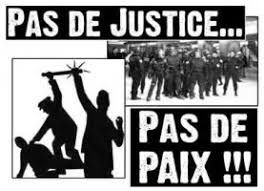


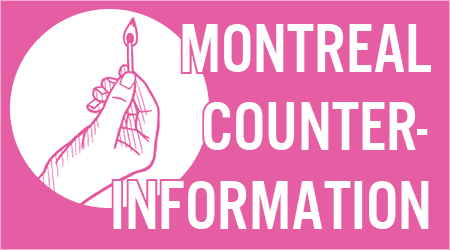


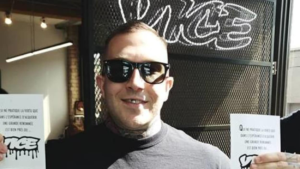
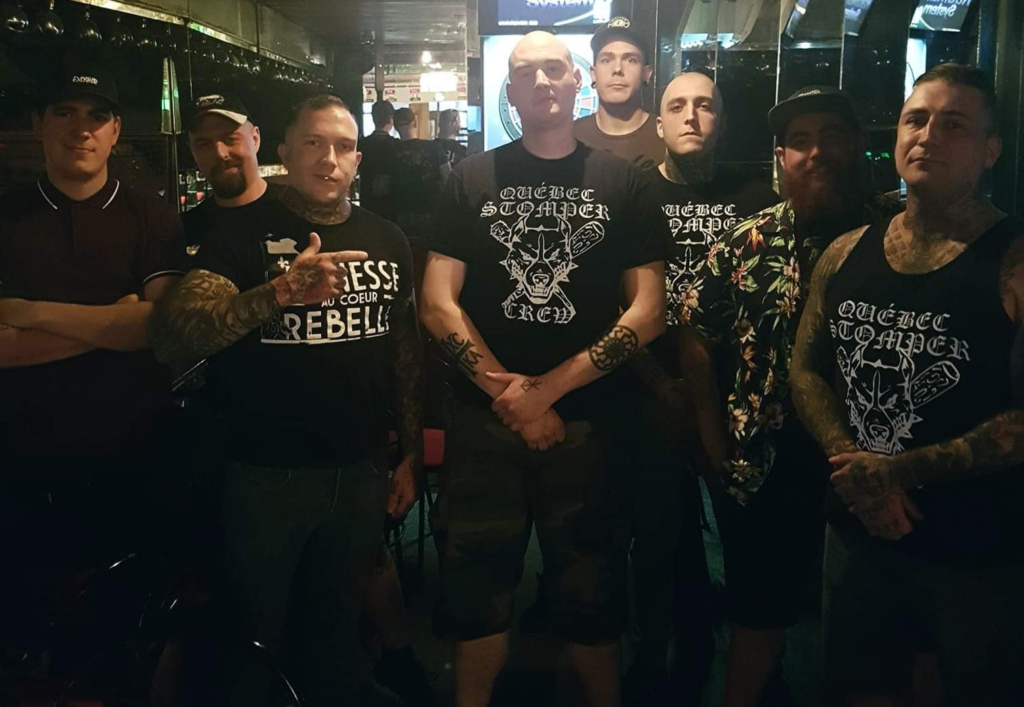


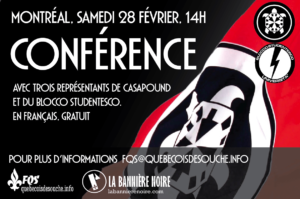
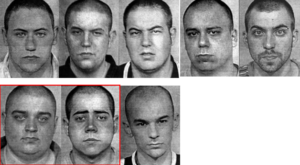
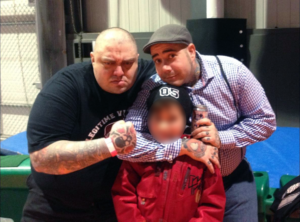
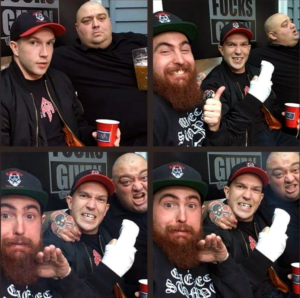


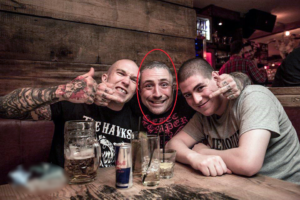
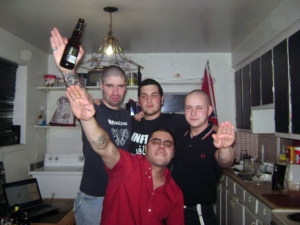

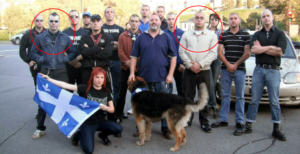
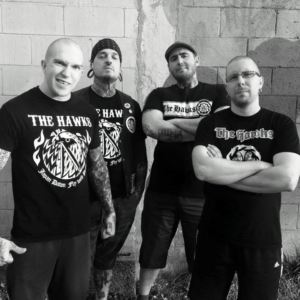
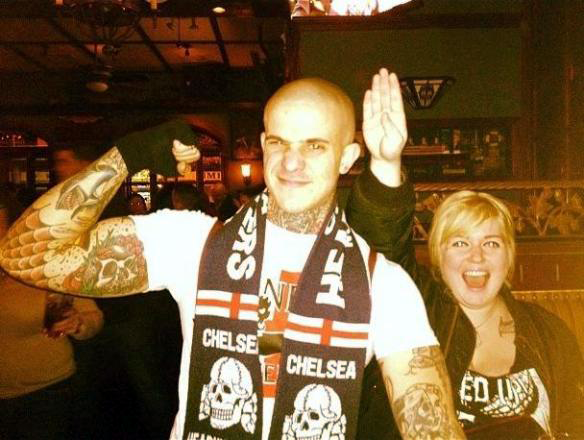
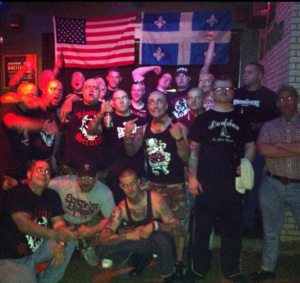
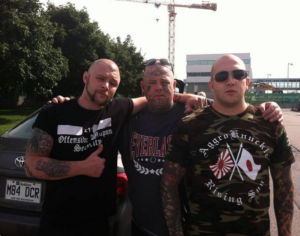
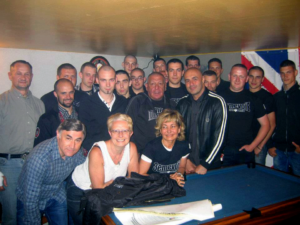
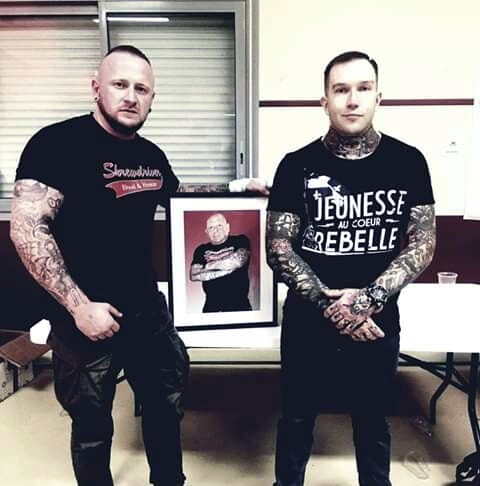
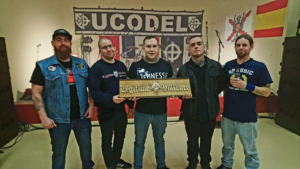
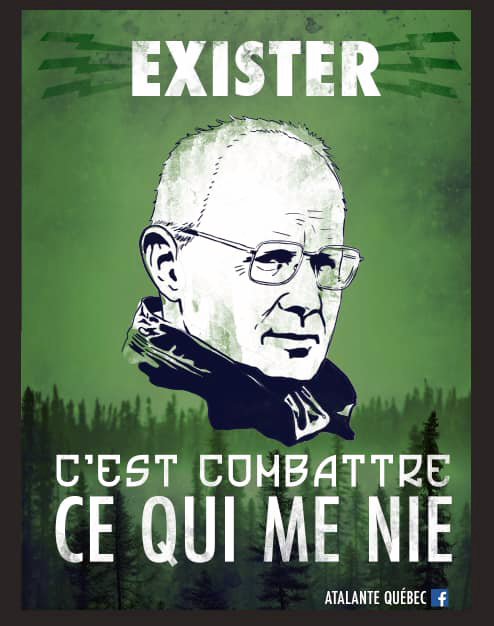

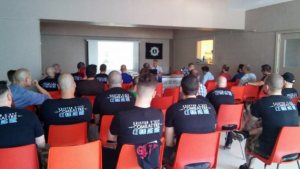

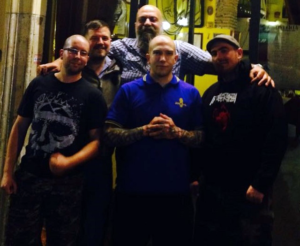
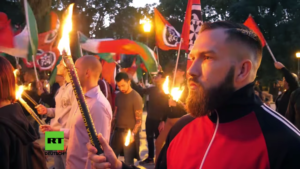

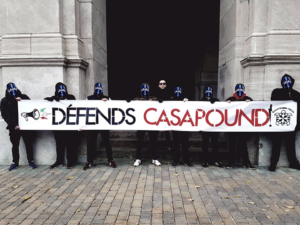
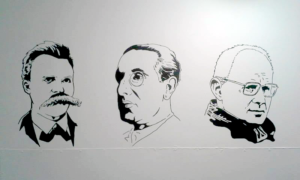
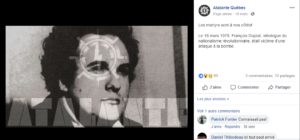

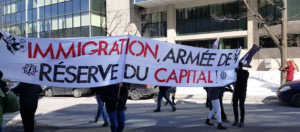
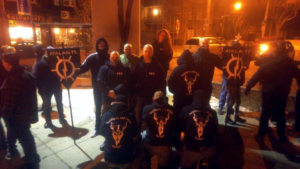
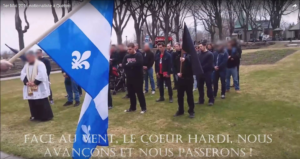


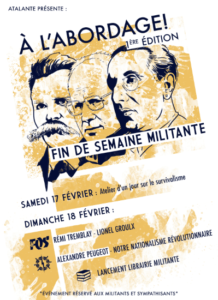
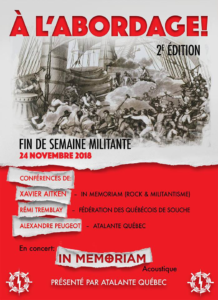
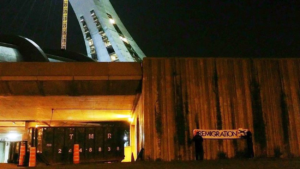
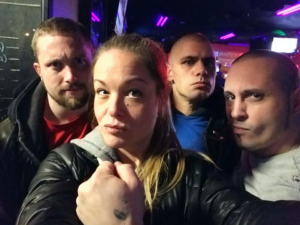
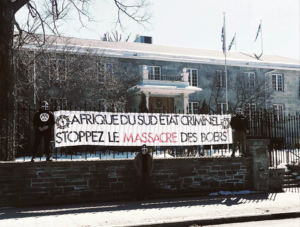
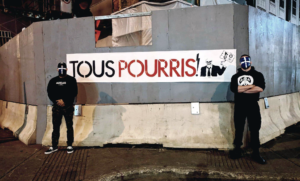
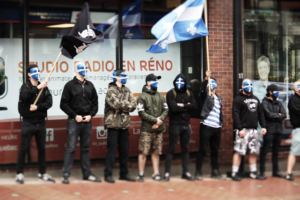
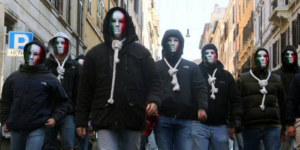
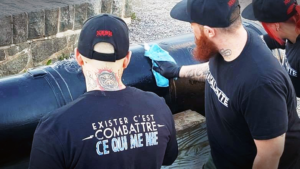
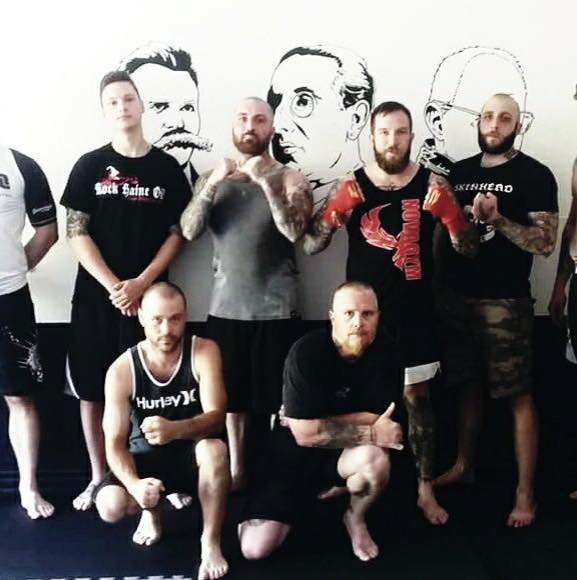
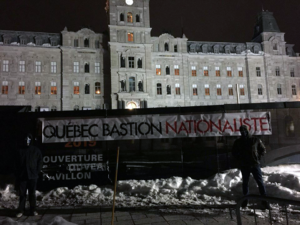

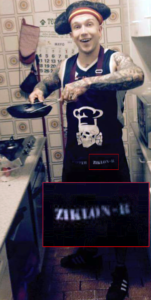
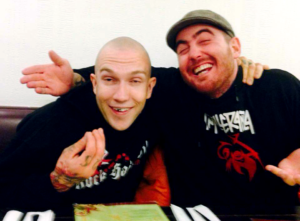


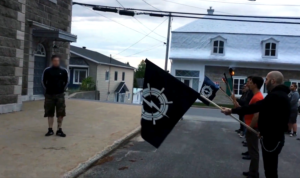
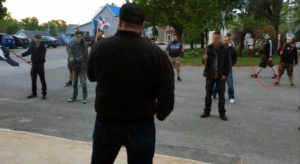
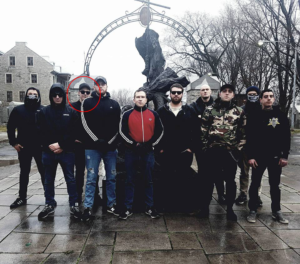

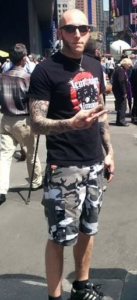
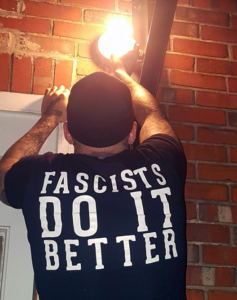
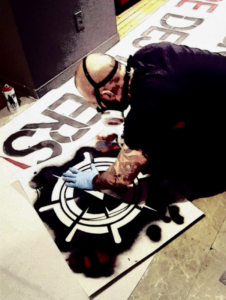
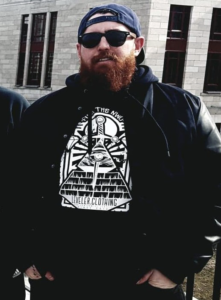



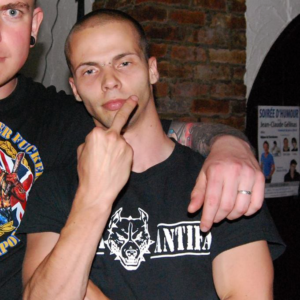
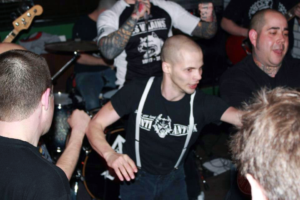

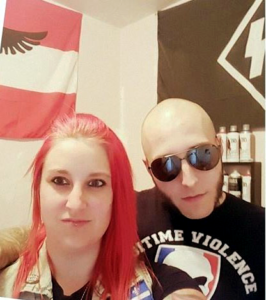

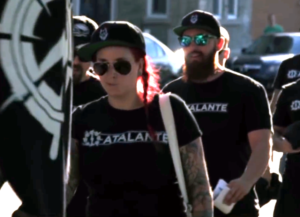


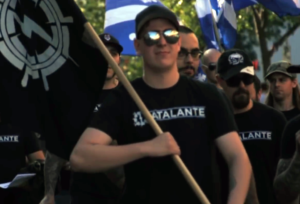



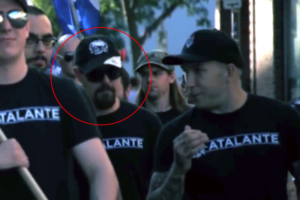


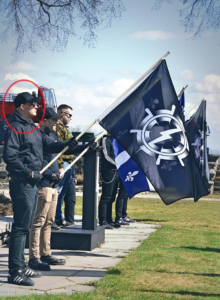

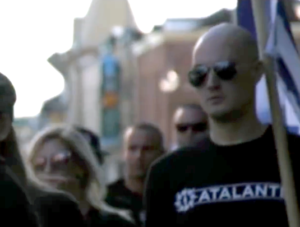

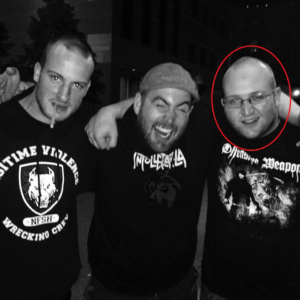
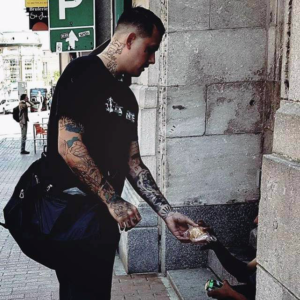
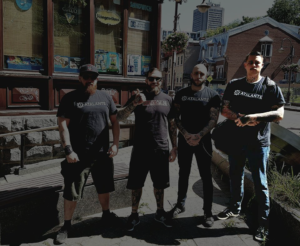
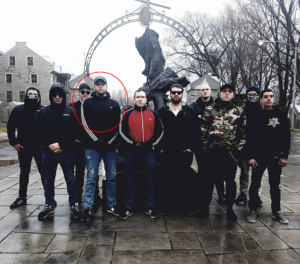
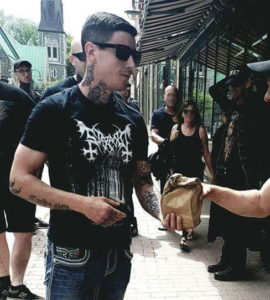
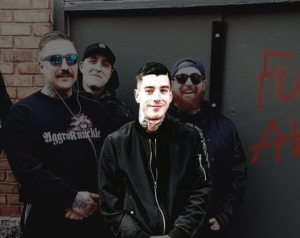
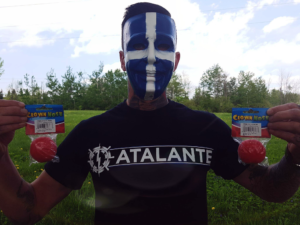

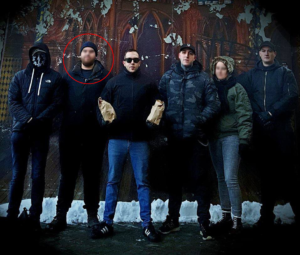

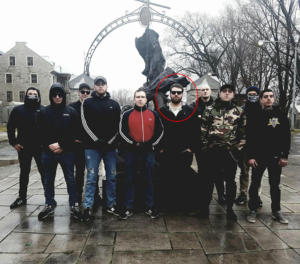

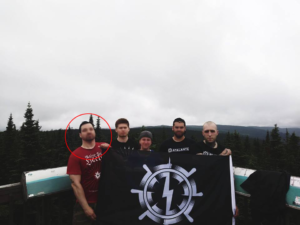
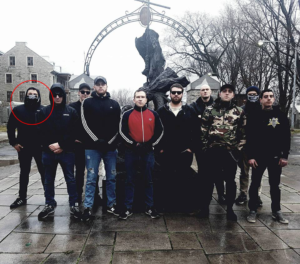
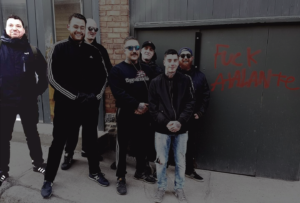

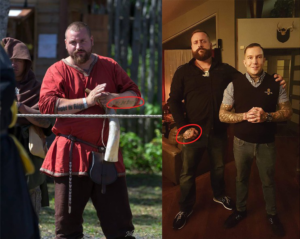
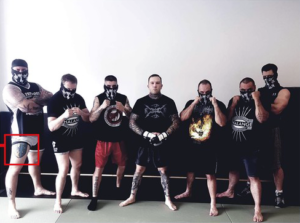



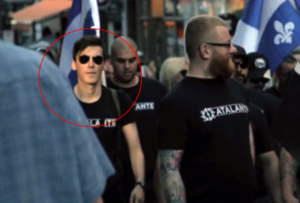
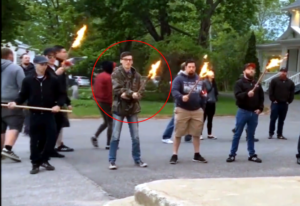

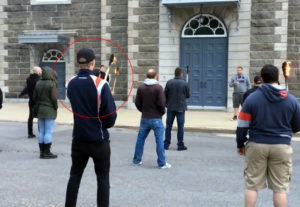
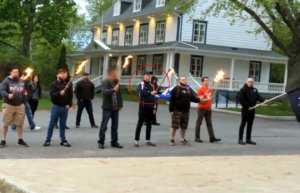
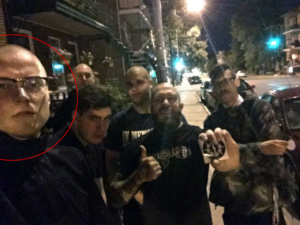
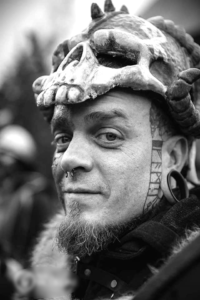
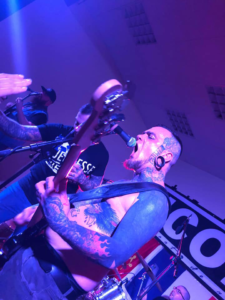
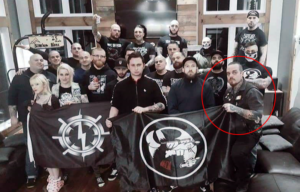
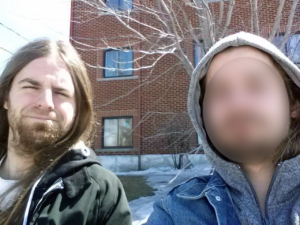

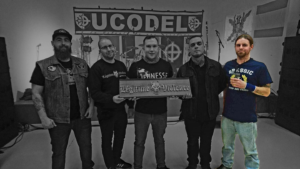
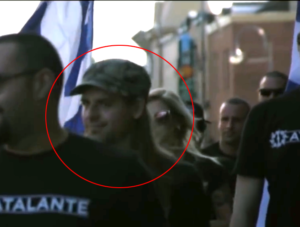

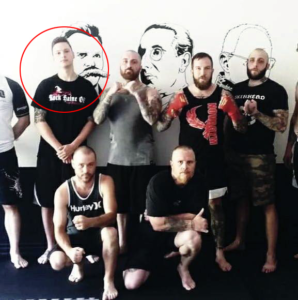
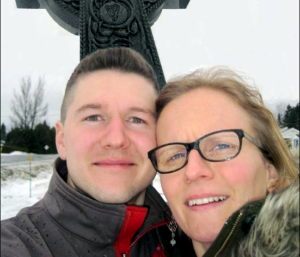
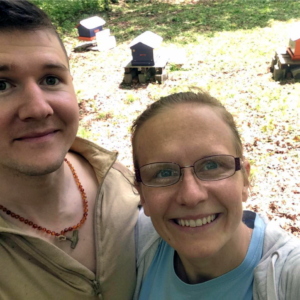

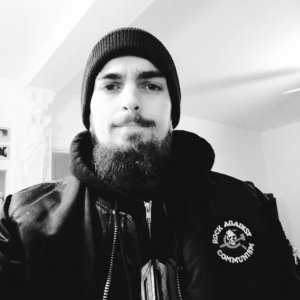

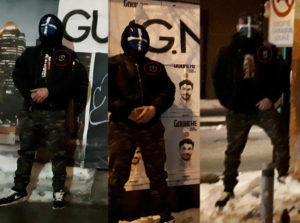
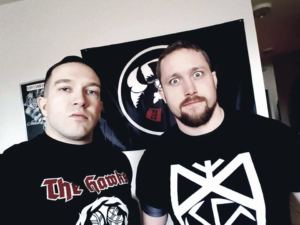
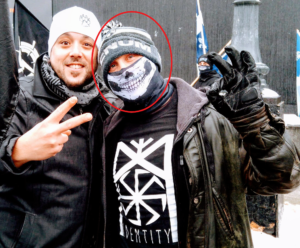
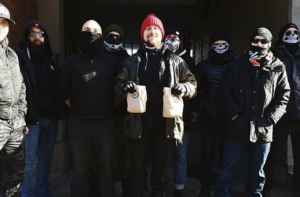

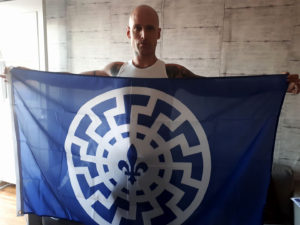
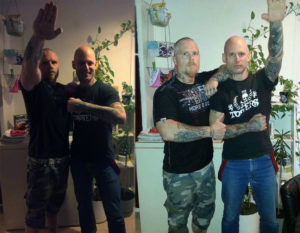
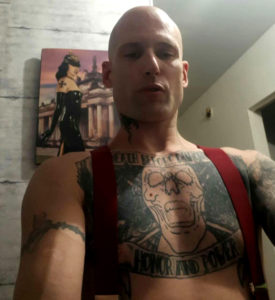
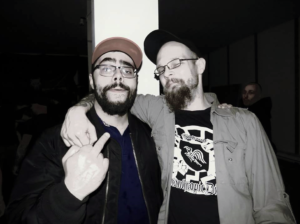
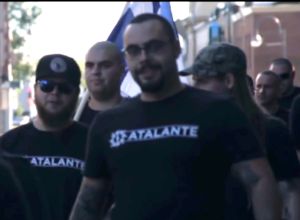

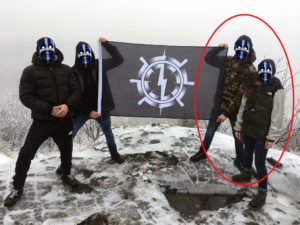
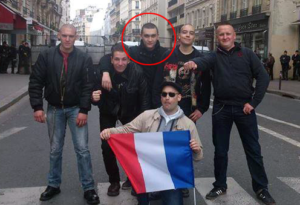
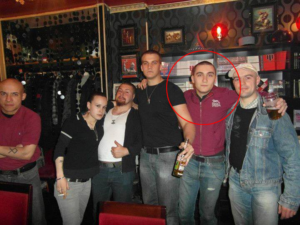
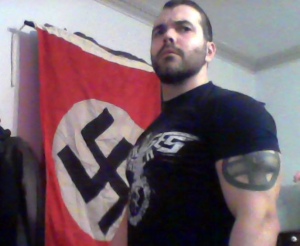


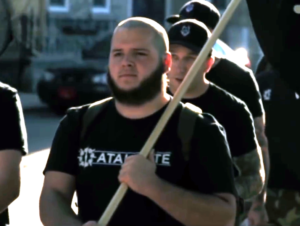
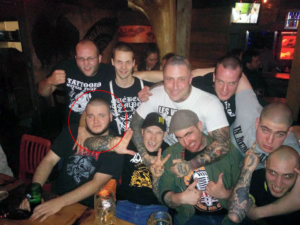
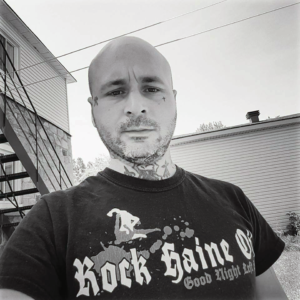


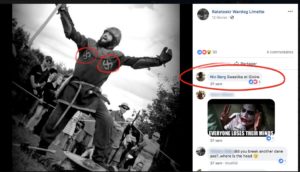

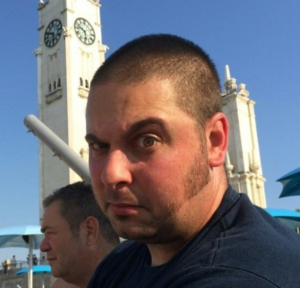
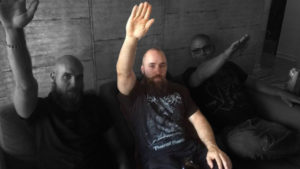
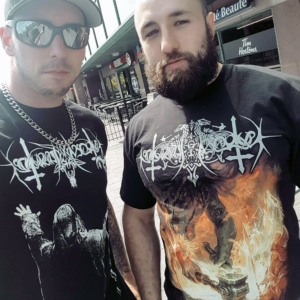
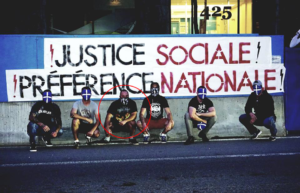
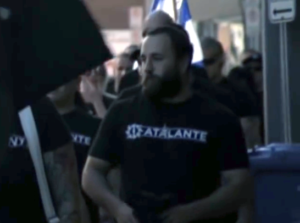
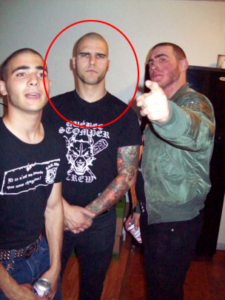
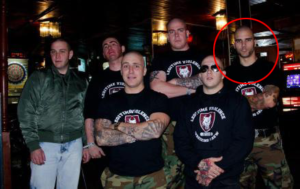
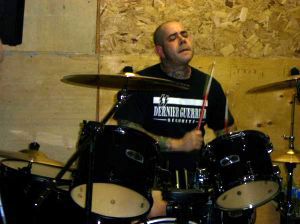

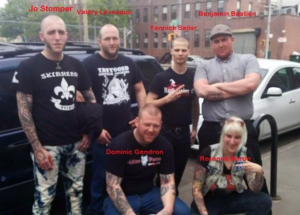


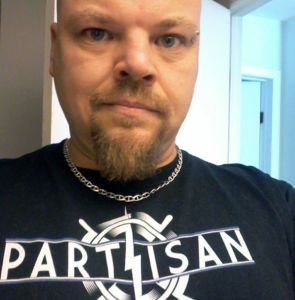


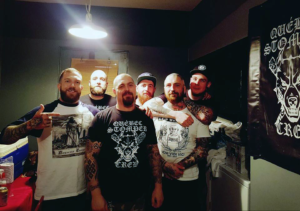

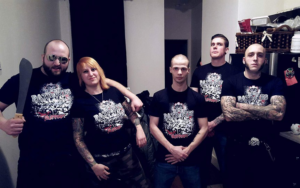


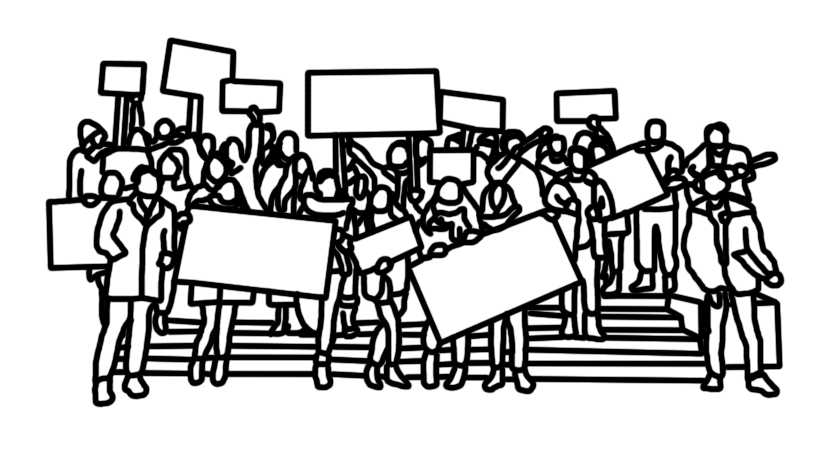 From
From 
